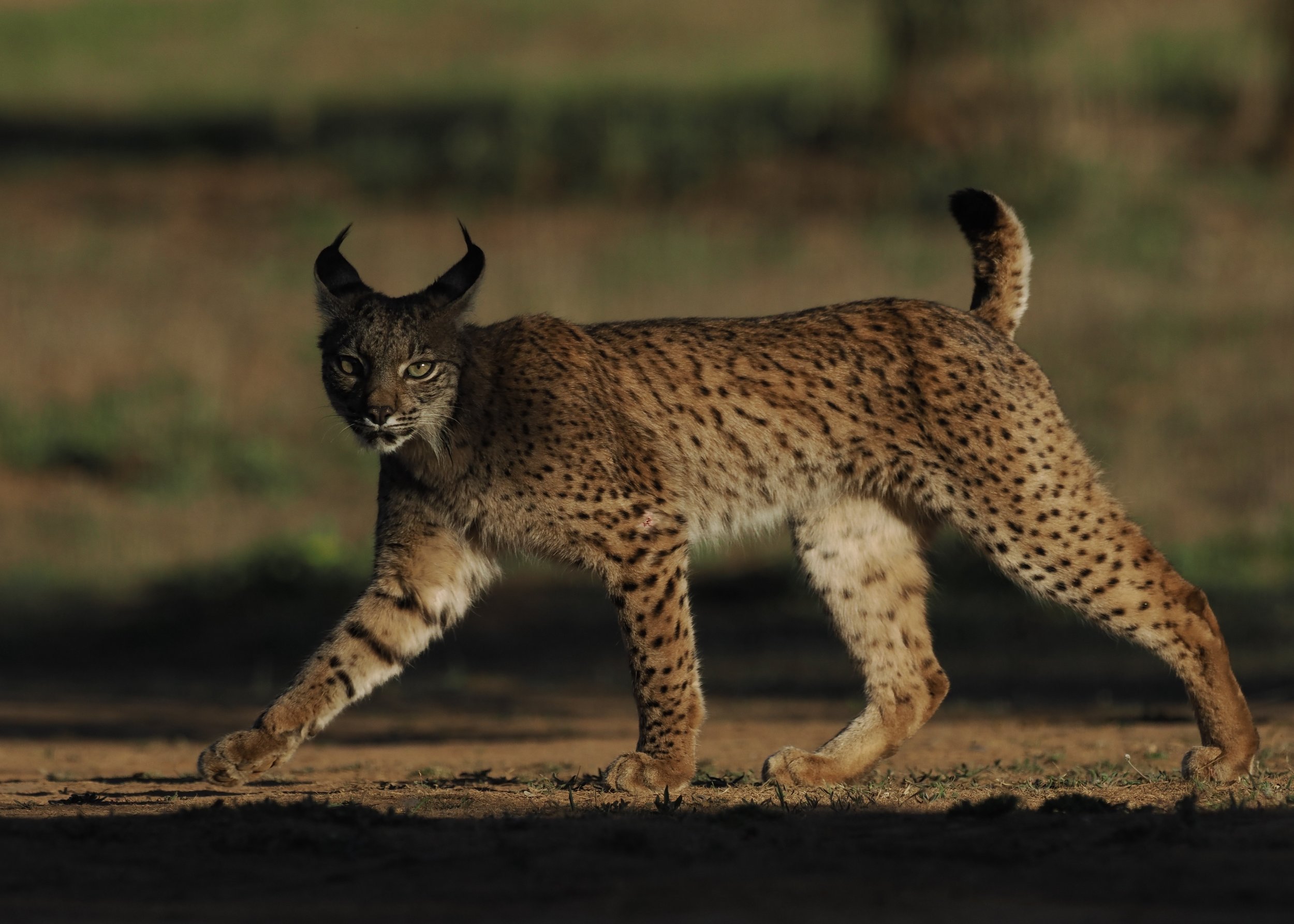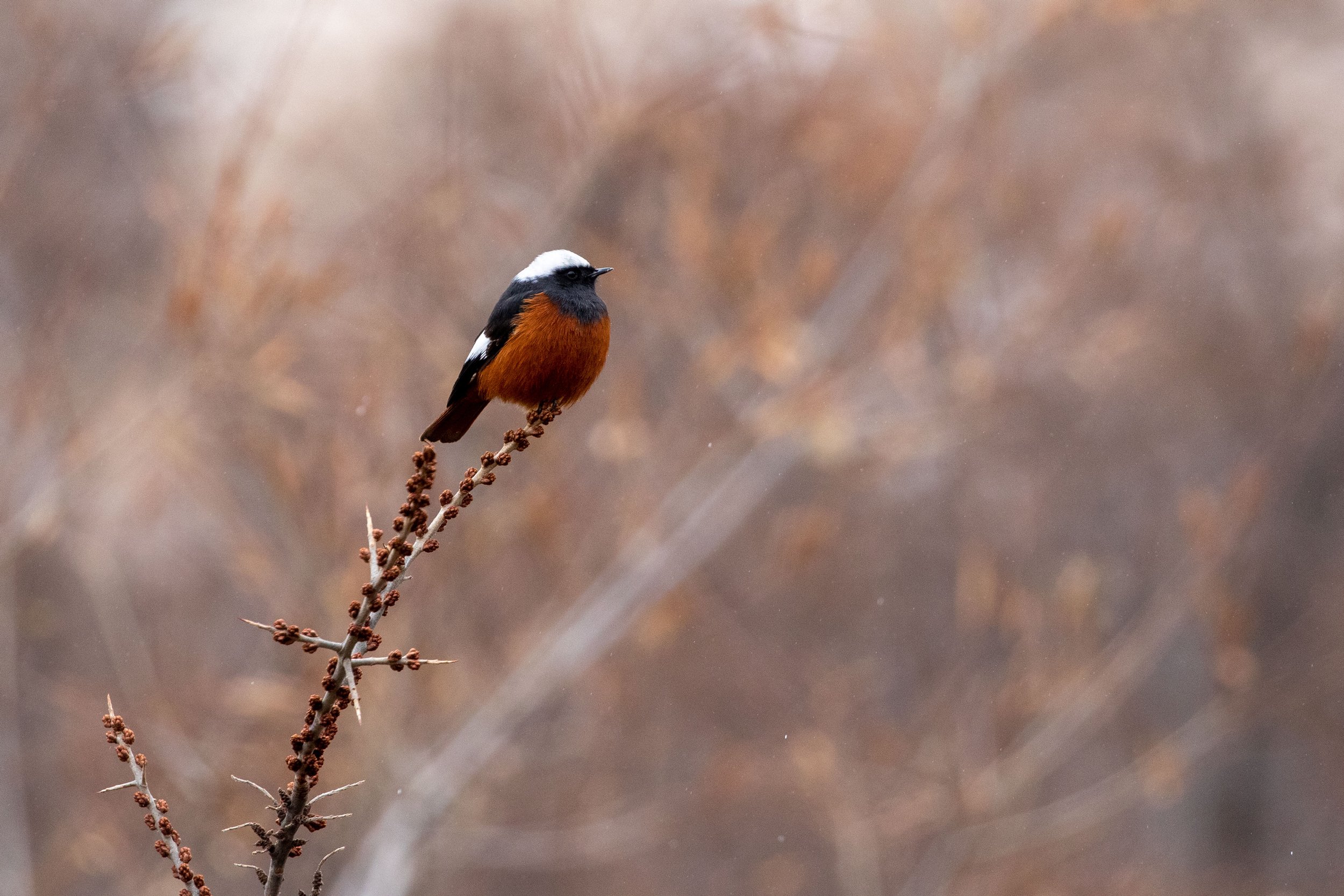
Georgia & Armenia
— Birds & Wildlife of the Caucasus
Highlights
Searching the awe-inspiring Caucasus for Caucasian Snowcock and Blackcock, and Caspian Snowcock in Armenia
Güldenstädts Redstarts and Great Rosefinchs foraging in alpine meadows
Swathes of spring flowers including impressive displays of orchids
Visiting the lowland plains and marshes where White-winged Terns, Pygmy Cormorants and Moustached Warblers forage
Chance of encountering mammals such as Brown Bear, East Caucasian Tur and Bezoar Goat
Visiting a number of fascinating historical sites including Amberd Fortress and Noravank Monastery
Strolling through some of the best forests in the Caucasus home to an abundance of plants, as well as birds and insects including Green Warbler and Semi-collared Flycatcher
There will be too many highlights to list!
Led by naturalists Rachael and Dan Brown and joined by a local guide giving you an exceptional leader: guide ratio.
Noravank Monastery by Alexander Rukhaia
Overview
Georgia and Armenia are blessed with an extraordinary diversity of habitats and wildlife due to their diverse geography and their position at a crossroads between Europe, Middle East and Asia. The region of the Caucasus harbours a rich culture, fascinating history, hospitable people, delicious cuisine and an abundance of natural history.
Over eleven days we will journey through the Greater and Lesser Caucasus from the slopes of Mount Kazbegi where snow-capped peaks tower above us, Caucasian Snowcock call out, Güldenstädt’s Redstarts sing, alpine meadows blooms around displaying Caucasian Grouse and grazing East Caucasian Tur, right through to the steppe-like habitats on the borders of Azerbaijan. Fishponds will throng with wetland birds from Pygmy Cormorants to Moustached Warblers and the arid areas of Armenia are home to Emerald Lizards, Finsch’s Wheatears and Crimson-winged Finches.
The lush deciduous and mixed woodlands will hold a variety of summer migrants from Green Warblers to Semi-collared and Red-breasted Flycatchers whilst on the forest floor we may encounter helleborines, Salamanders and a variety of fascinating insects. The gorges of Armenia harbour Golden Eagles and Lammergeier, Chukar and Pied Wheatear as well as a number of reptiles such as Agamids and Levantine Viper.
Our tour is timed to offer the best chances of seeing higher altitude species whilst there is still snow cover on the peaks, as well as coinciding with the main migration period. This means that we could stumble across a plethora of species from Rollers to Honey Buzzards, Red-necked Phalaropes to Bee-eaters literally anywhere during the course of the tour. Overall this tour will be a natural history extravaganza.
Itinerary
Day 1:
Tour commences in Tbilisi, Georgia and heads north into the Caucasus stopping en route to explore the woodlands and high passes before arriving in Stepantsminda, Kazbegi.
Day 2-3:
Two full days in the High Caucasus looking for Caucasian Snowcock and Grouse, Güldenstädts Redstart, Great Rosefinch, Wallcreeper, Red-fronted Serin and Mountain Chiffchaff. The area is a superb migrant trap and anything is possible from Rollers to Lammergeiers. Mammals in the area are also excellent including Brown Bear and East Caucasian Tur as are the alpine plants. Nights Kazbegi.
Day 4:
Today we head back south to Tbilisi stopping to look for species like Alpine Accentor, Green Warbler and Red-breasted Flycatchers in the forests together with a superb selection of woodpeckers, Levant Sparrowhawk and Eurasian Scops-owl. Night Tbilisi
Day 5:
Our day will be spent out in the Asian steppe around David Gareji Monastery, a stunning area home to flocks of Rosy Starlings, Calandra Larks, Rollers, Chukars, Eastern Imperial Eagles, Pied Wheatears, Eastern Orphean Warblers and Lesser Grey Shrikes. The landscape around the monastery is more like Mediterranean arid badlands and also good for reptiles. We will also enjoy a short walk around the historical part of Tbilisi followed by a sumptuous traditional dinner to celebrate the end of the Georgian part of the tour. Night Tbilisi.
Day 6:
Driving south we will cross into Armenia and travel to the Dilijan Forests, a vast swathe of mixed woodland home to Semi-collared Flycatchers, Green Warbler, Middle-spotted Woodpecker. The forests are botanically exceptionally rich with over 900 species records including a superb variety of orchids. After a local lunch we will head to Norashen reserve on the shores of Sevan lake where a huge colony of Armenian Gulls breed as well as Ruddy Shelduck, terns, herons and egrets. Night Sevan, Armenia.
Day 7:
In stark contrast to the previous day, today we will head towards Noravank Gorge. First, we will stop in a stunning Kurdish region where we hope to find Radde’s Accentor, White-winged Snowfinch and Caucasian Bluethroat. We will continue to climb to Caravanserai at 2410m, an ancient stopping off point for Silk-Road travellers, where we ourselves will enjoy a break, the views and wildlife. In the afternoon we will explore the ancient monastery at Noravank in search of Eastern and Western Rock Nuthatch, Upcher’s Warbler, White-throated Robin, Golden Eagle and Bezoar Goat. Night Chiva Armenia.
Day 8:
Today we will hop into 4x4s to get us high into the mountains where we will search for Caspian Snowcock. The area is a mix of alpine meadows, outcrops and gorges and we also hope to find Bezoar Goat and potentially Brown Bear here. The area also still holds Caucasian Leopard. In the Vedi Desert Gorge we will search for Grey-necked Bunting, Finsch’s Wheatear, Rufous-tailed Scrub Robin and a variety of fascinating reptiles. Night Yerevan, Armenia.
Day 9:
Wetlands will be our focus in the morning as we visit Armash Fish Ponds where we hope to find White-headed Duck, Marbled Teal, Blue-cheeked Bee-eater and Menetries’ Warbler. The area is also great for species such as Pygmy Cormorant and Moustached Warbler. The setting is stunning with views up to the 517m Mount Ararat. In the afternoon we head to the foothills of the Oorts Mountains where a bizarre mix of open Juniper woodland, thickets and rocky outcrops meet. Here we hope to find Crimson-winged Finch, Red-tailed Wheatear, Chuckar, Golden Eagle, Griffon and Bearded Vulture and both Rock Nuthatches. Night Yerevan, Armenia.
Day 10:
Our final full day we will see us ascending up Mount Aragats which rises to 4090m and holds a stunning mix of meadows, alpine and sub-alpine habitats where Common Rock Thrush, Radde’s and Alpine Accentor, Bluethroat, and White-throated Robin can all be found. We will also visit the Amberd Fortress, a fascinating 10th century national cultural site and search for Bimaculated Lark nearby. Our final evening together will include an exploration of Yerevan and our farewell dinner. Night Yerevan, Armenia.
Day 11:
The tour concludes after breakfast with transfers to Yerevan airport.
Dates and Prices
| Set Departure Dates | Cost | Availability |
| Sun 9th to Wed 19th May 2027 | £TBC | Spaces available - Enquire now! |
* Single room supplement may apply
Custom Tour
Why not recreate this experience with friends on dates that suit you? Build on our existing itinerary to customise your experience.
What’s included?
Expert services of two leaders plus a local guide
Accommodation
All meals (B, L, D)
Soft drinks, tea, coffee
All transport from start to end location
All activities and excursions
Gratuities to external service providers
Support to our conservation partners
A native tree planted on your behalf in our woodland grove
What’s not included?
Travel before or after tour start/end
Trip cancellation Insurance or any other travel insurance
Visas
Alcoholic beverages
Other items of a personal nature, e.g. laundry, souvenirs, etc.
For full details of our Booking Conditions click here and complete the online booking form.
Gallery



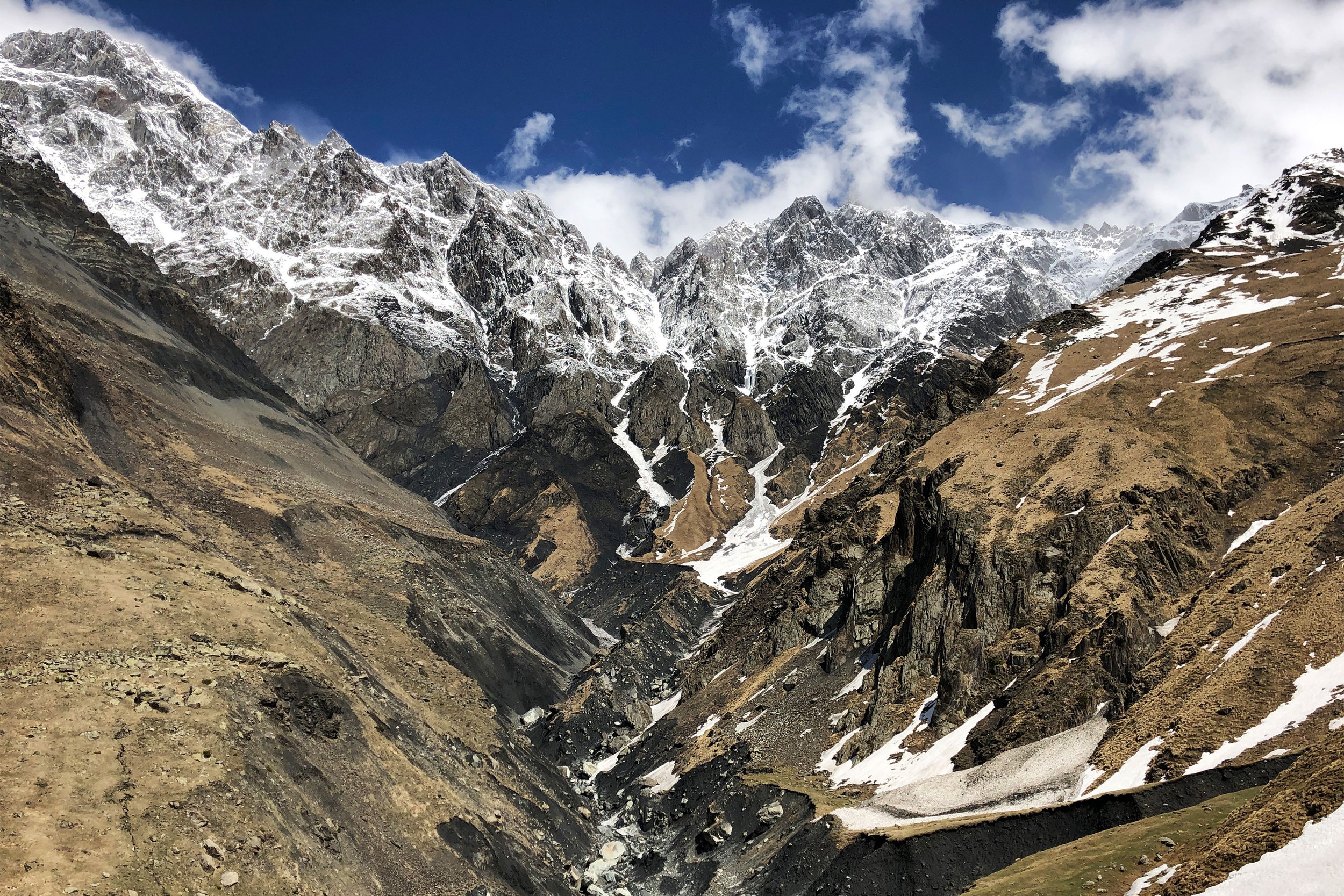
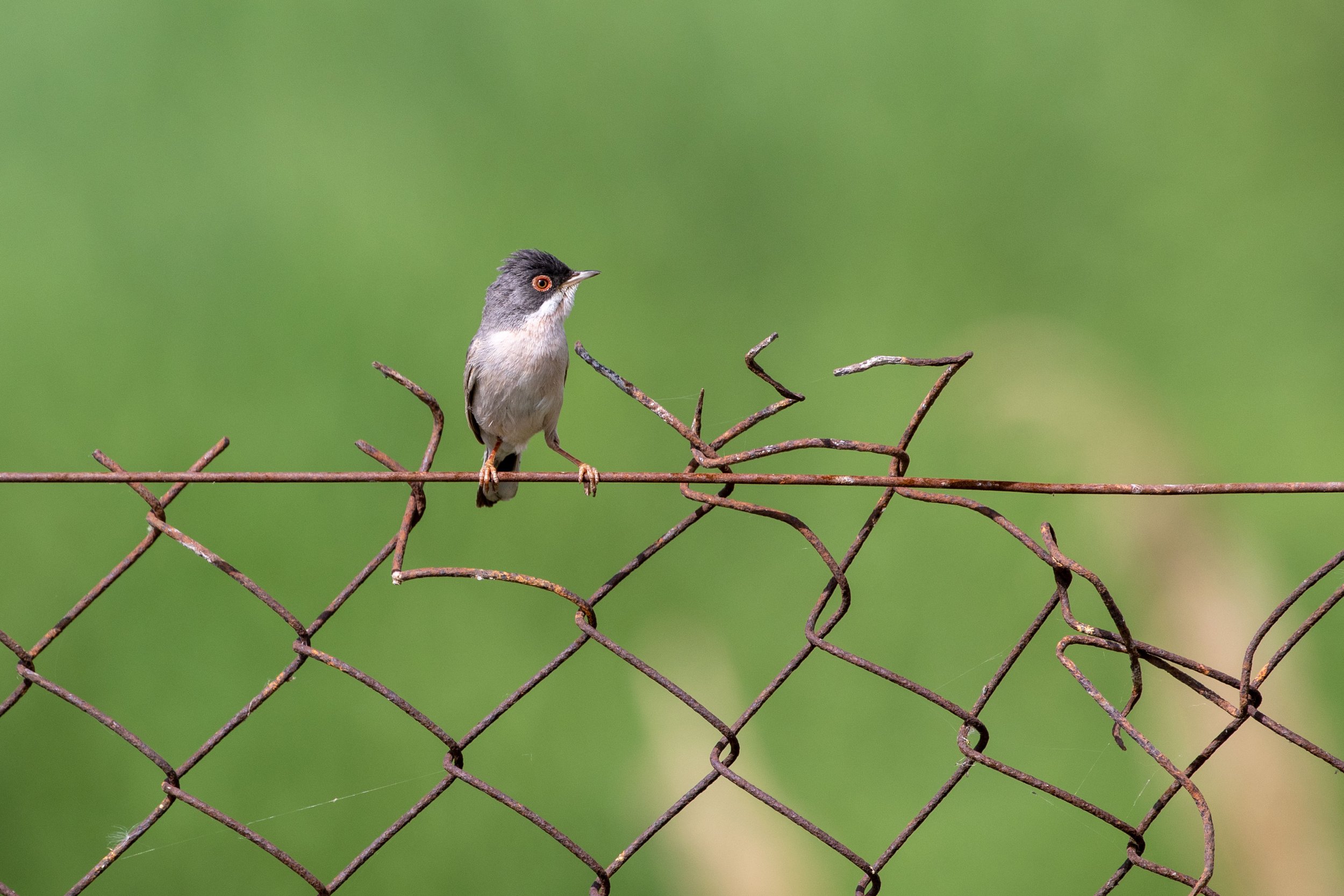
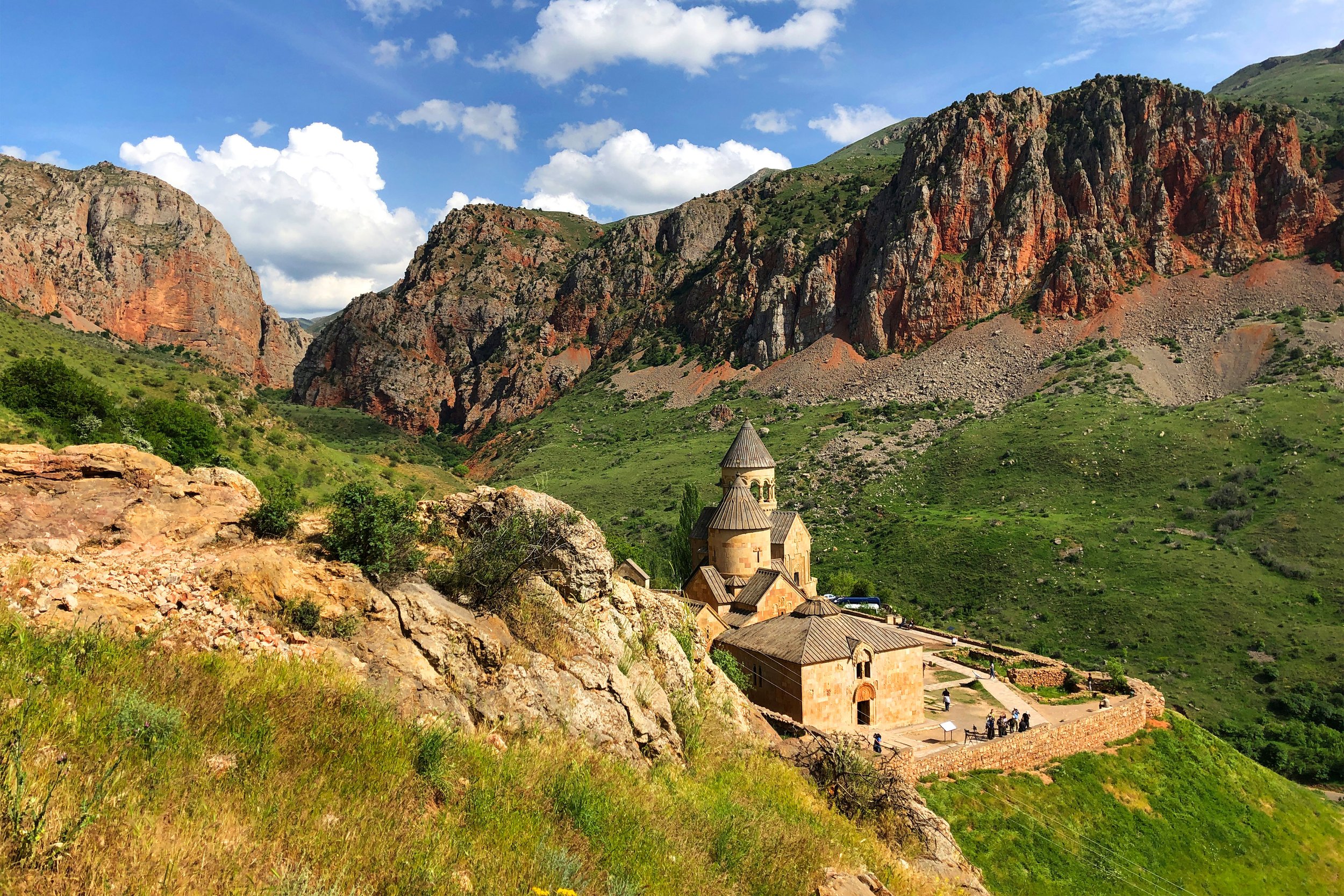
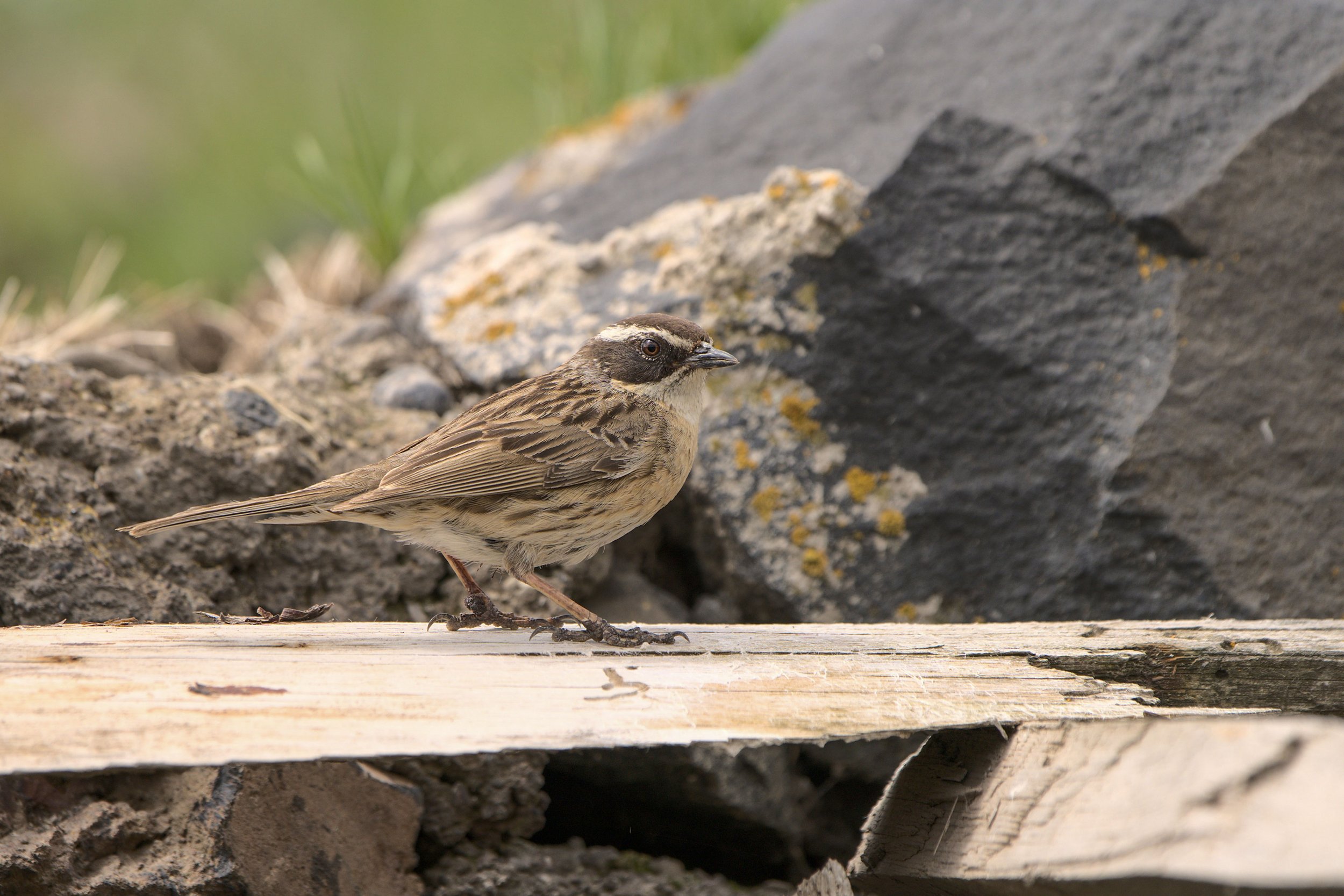

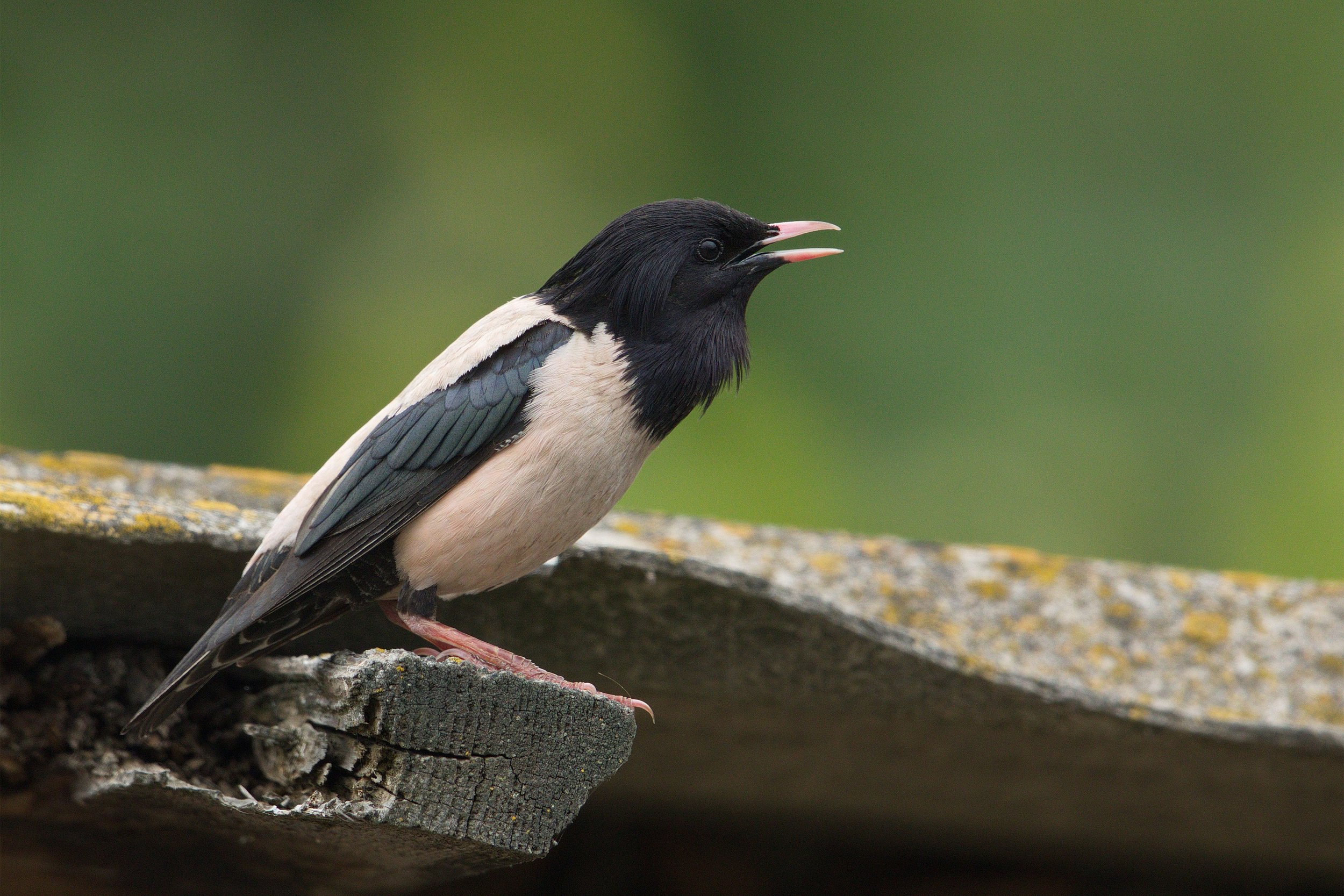
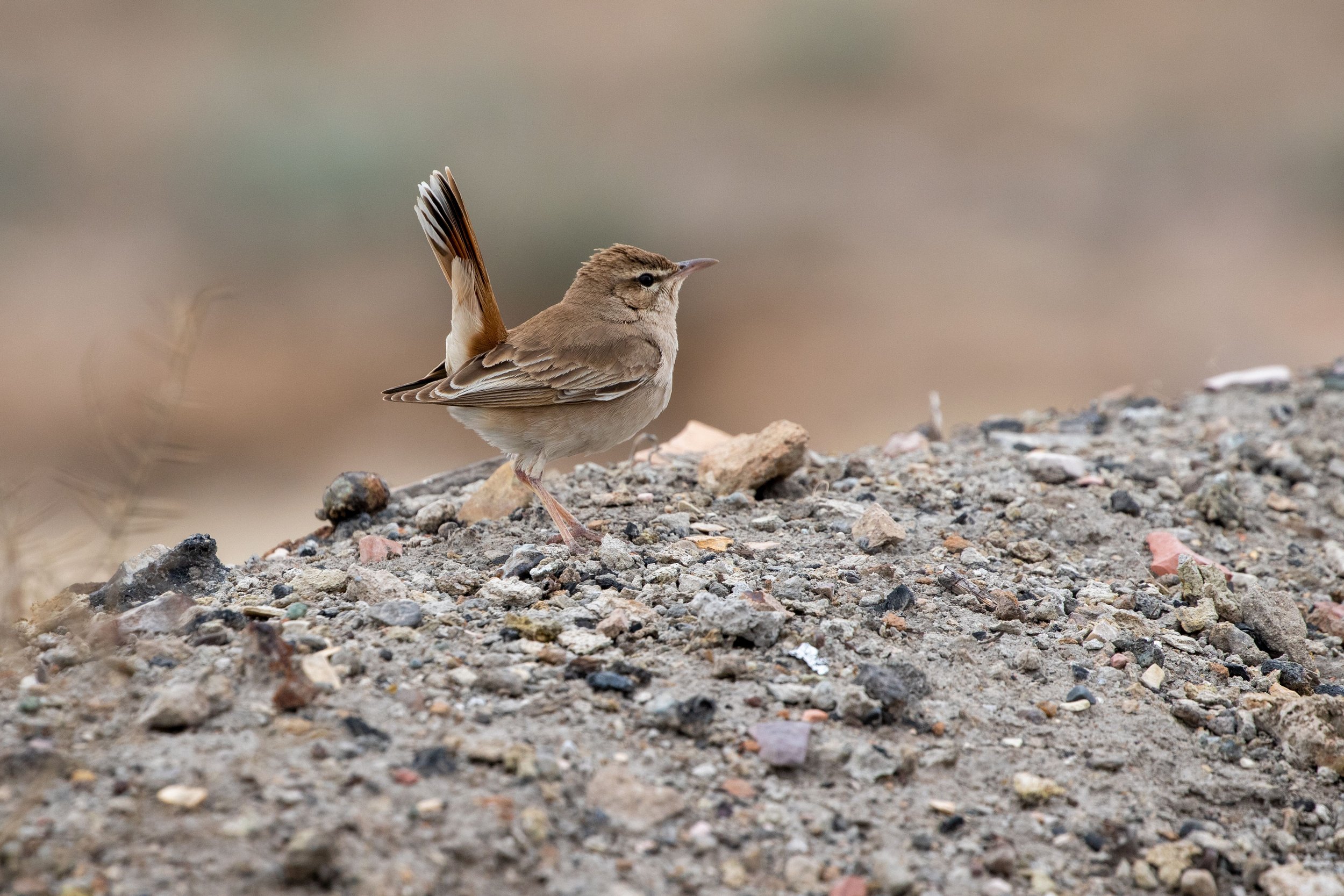
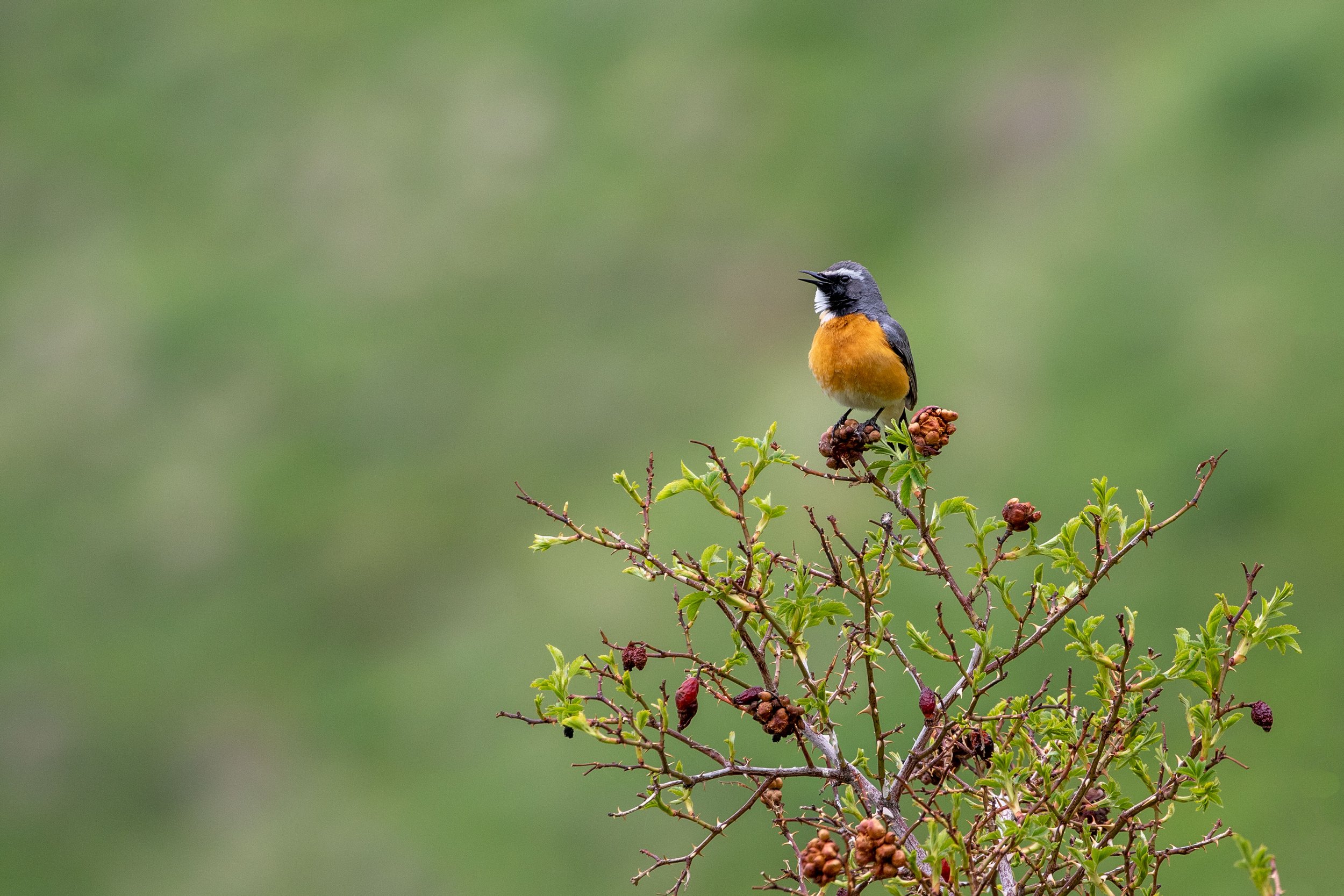
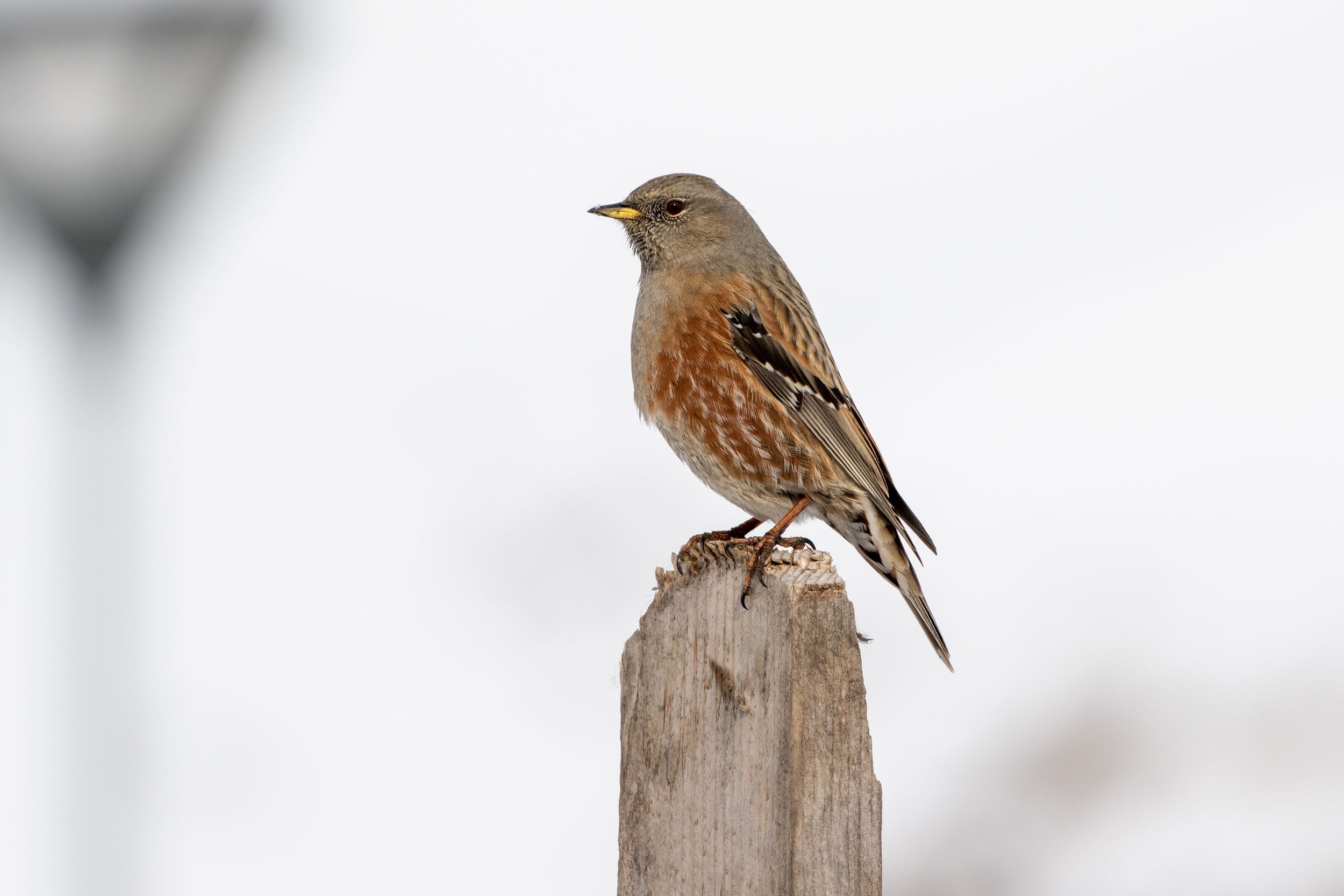
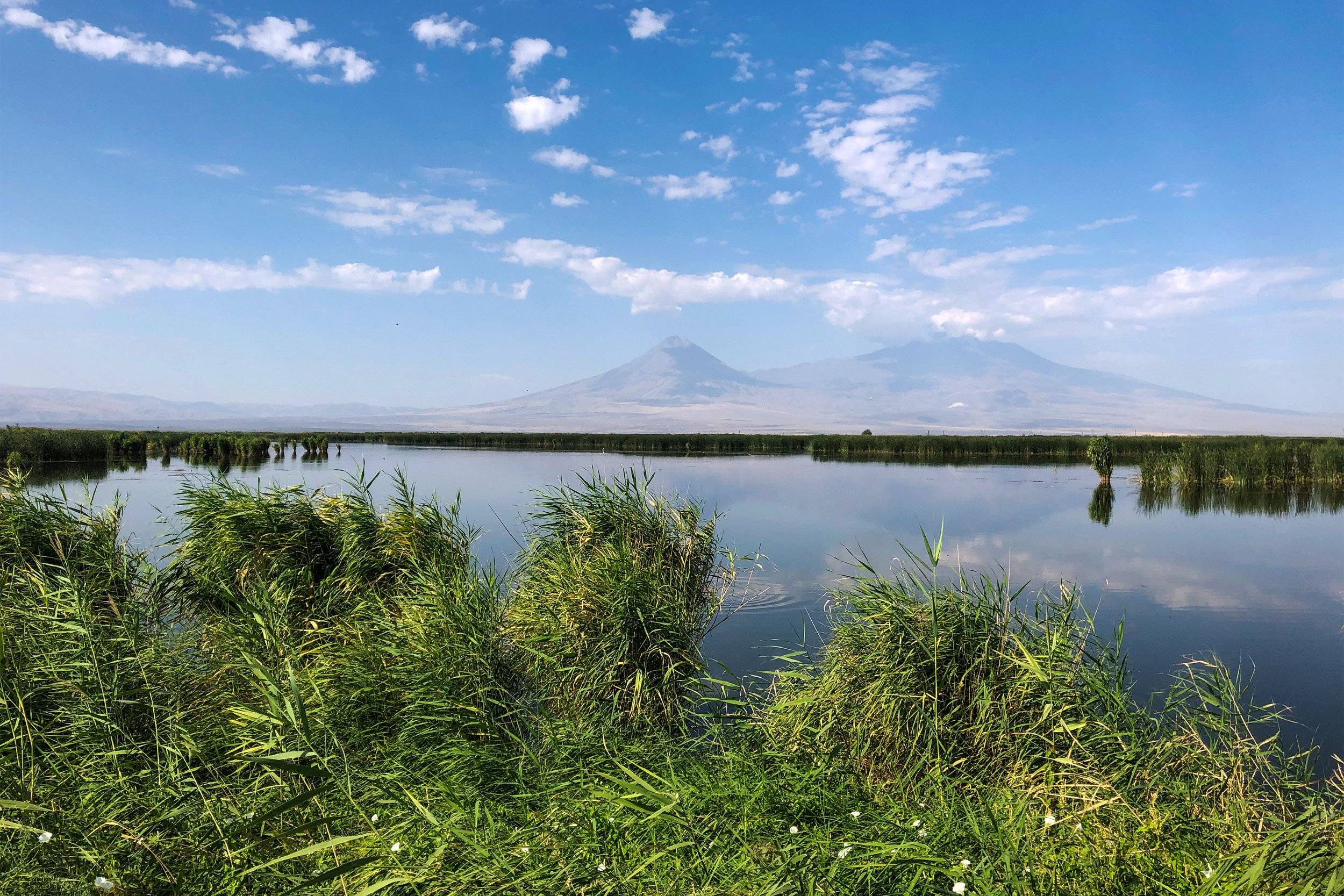

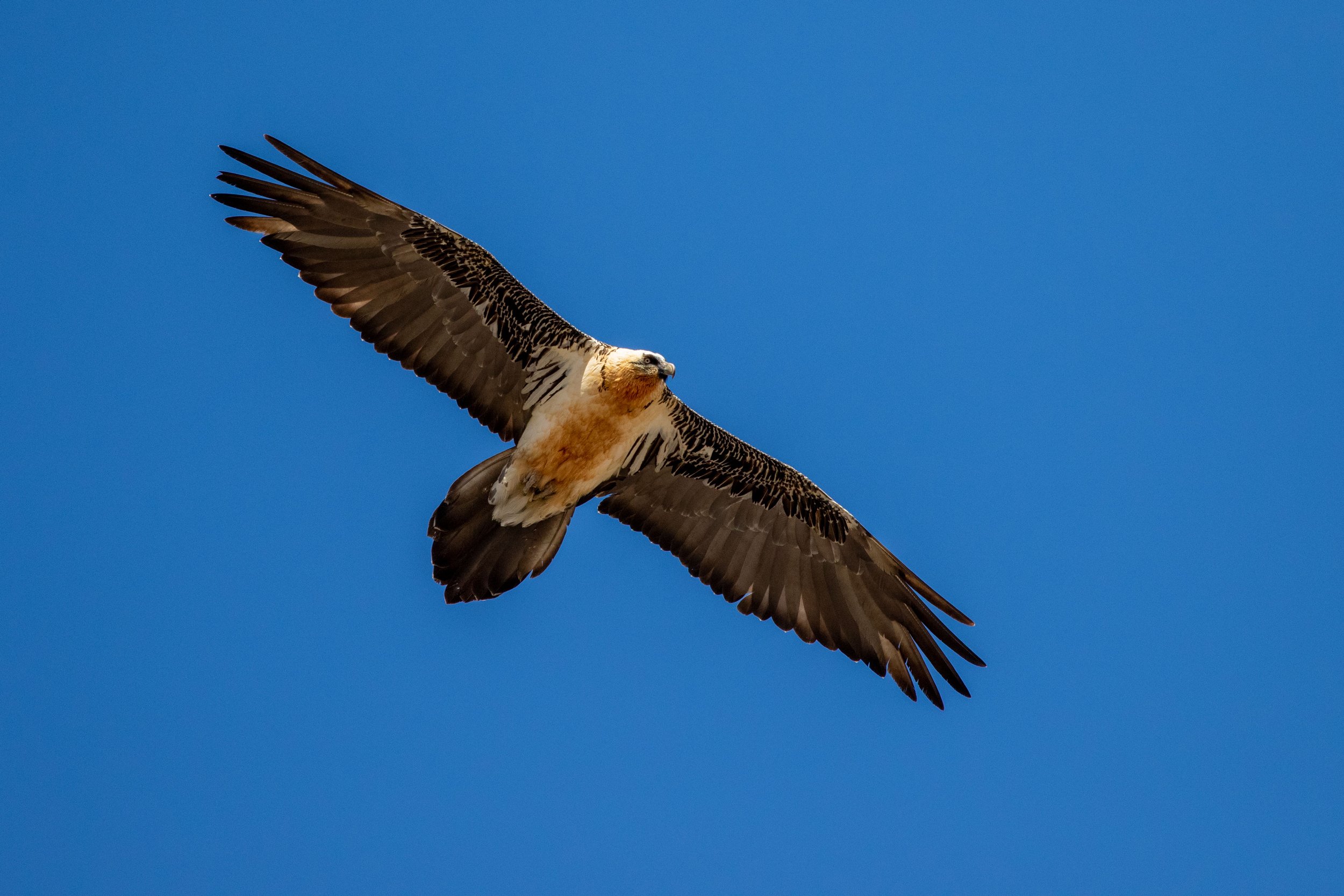
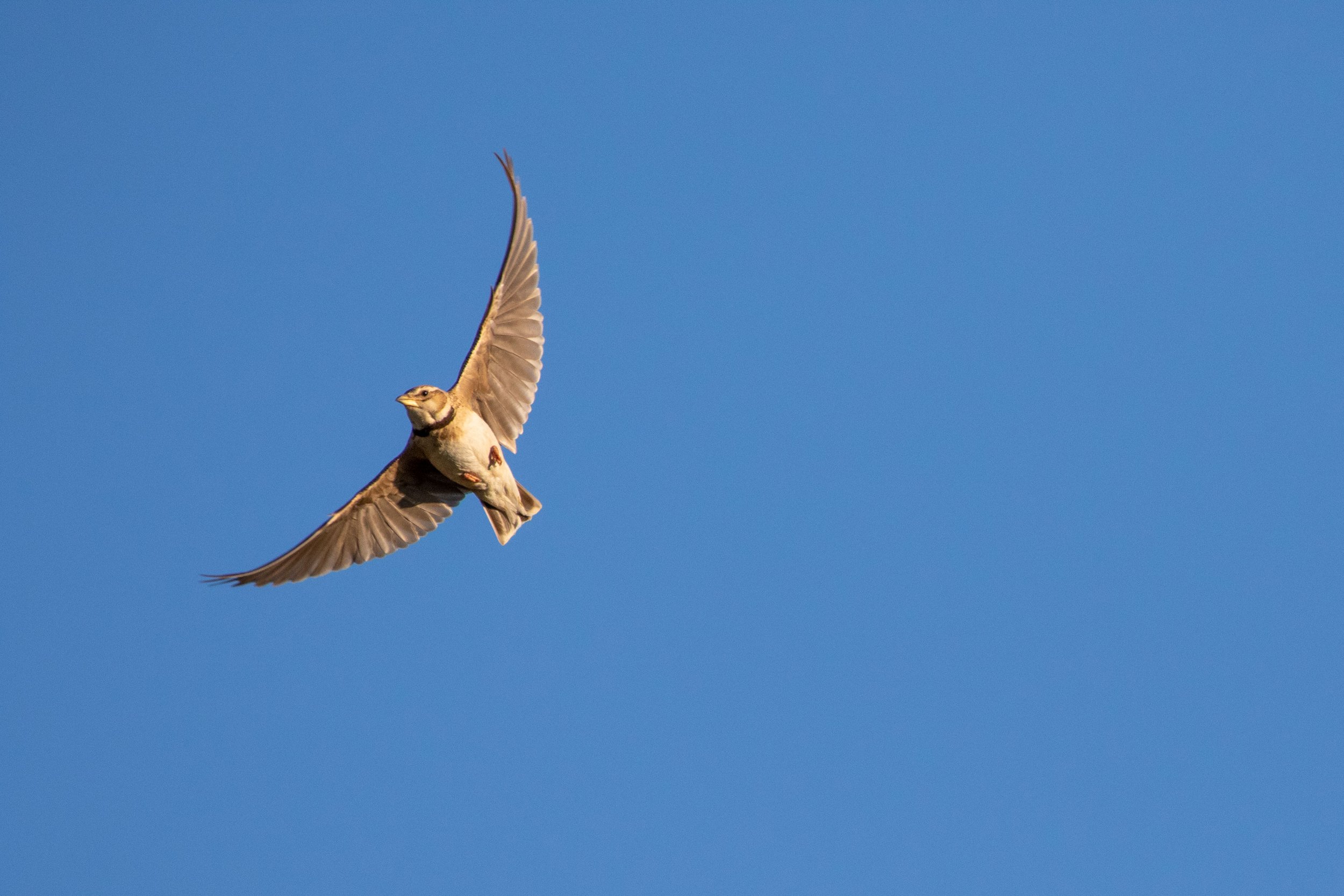
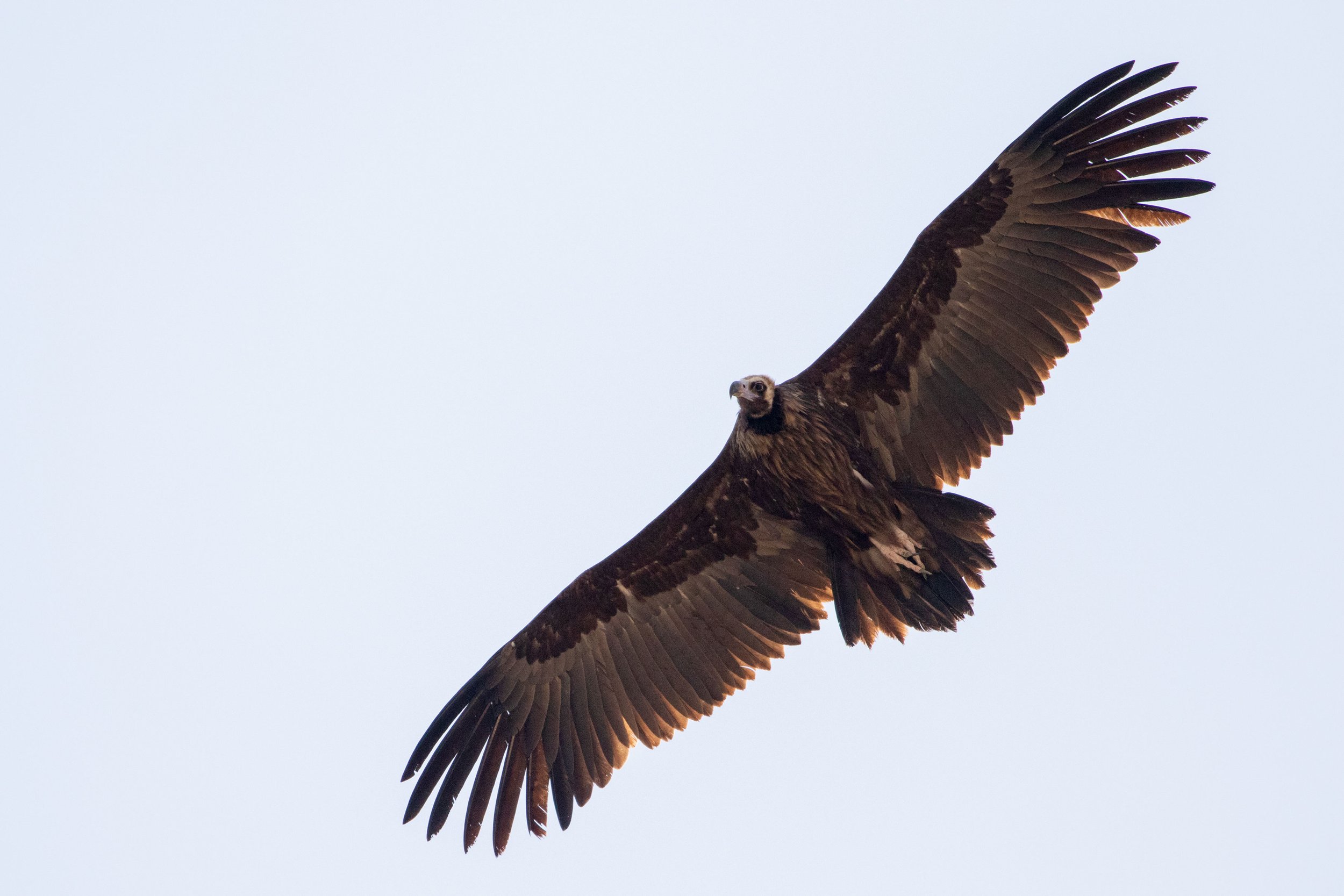

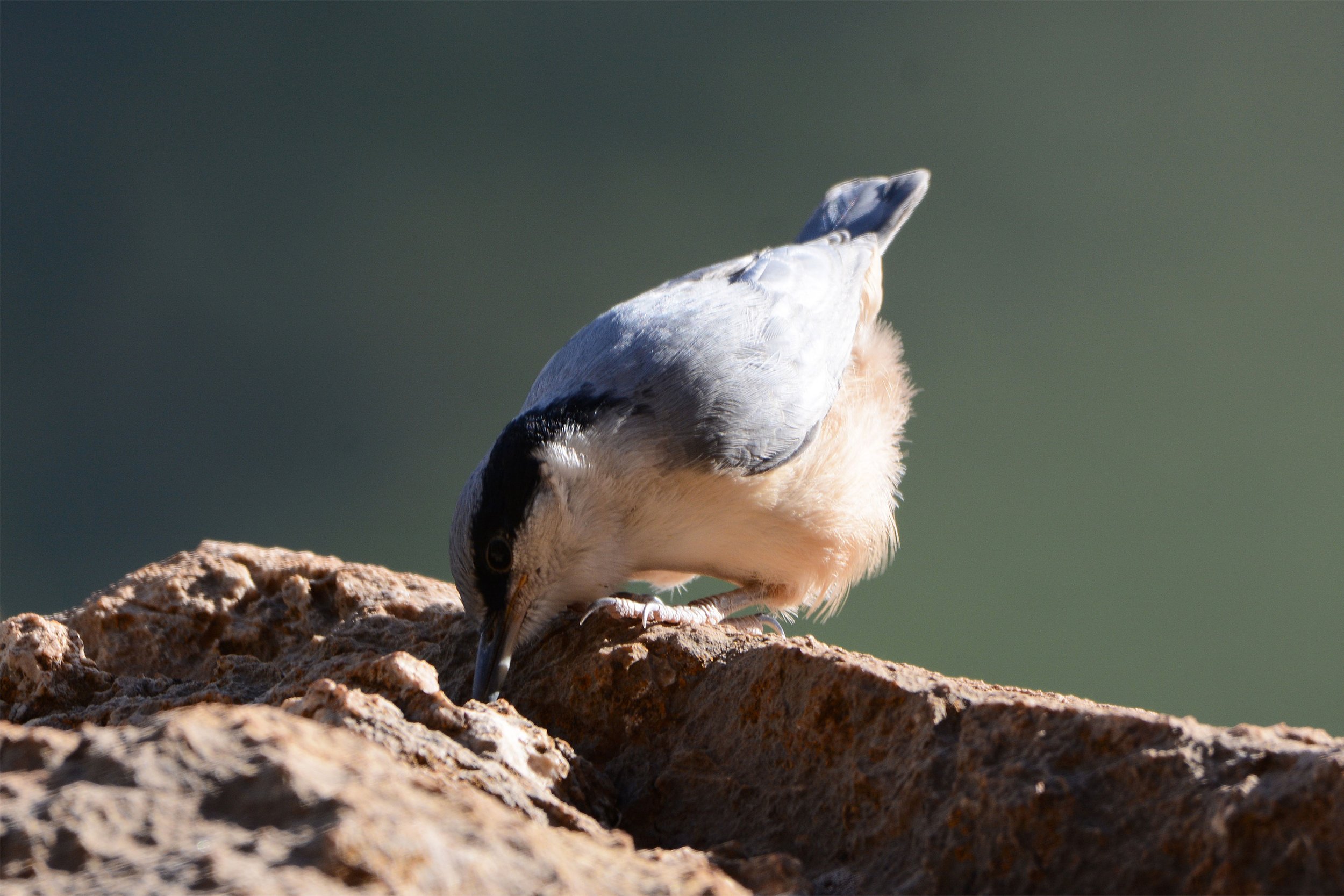
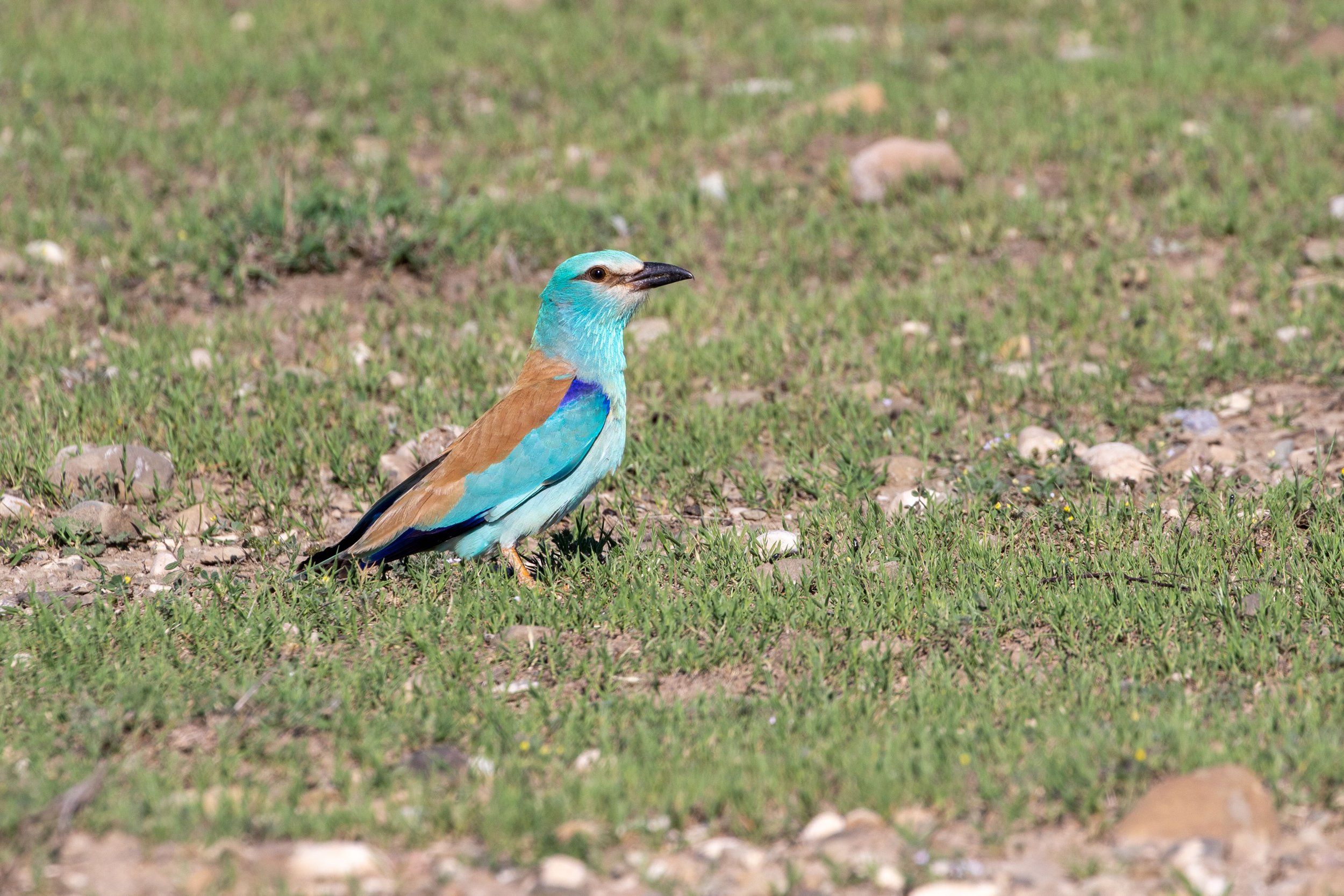
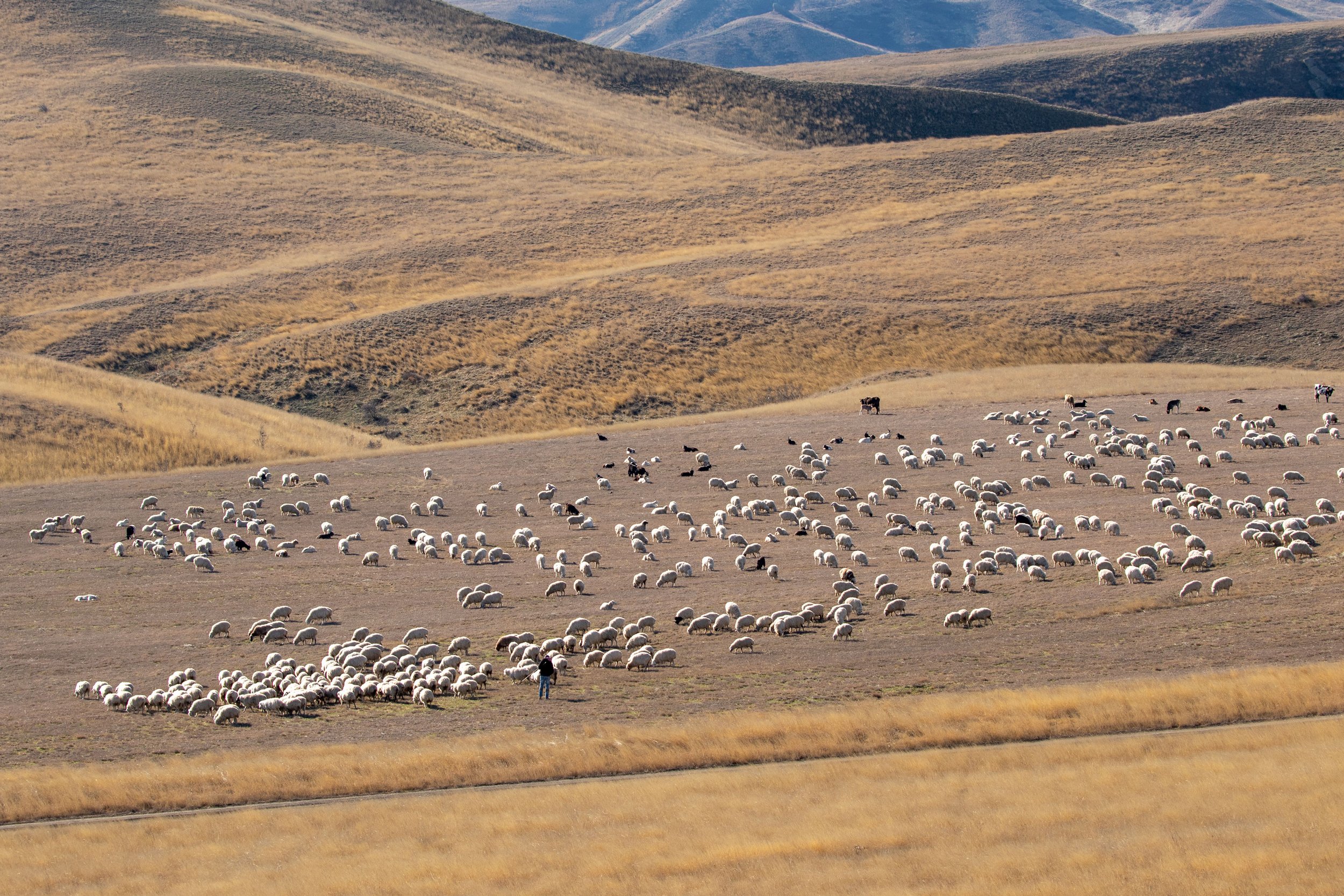
Tour Location
Related Trips
Iberian Lynx & Migration
Spring in Southern Spain
Scotland’s Hidden North Coast
Discovering Caithness & Sutherland
Islay & Jura in Autumn
The eagle islands


